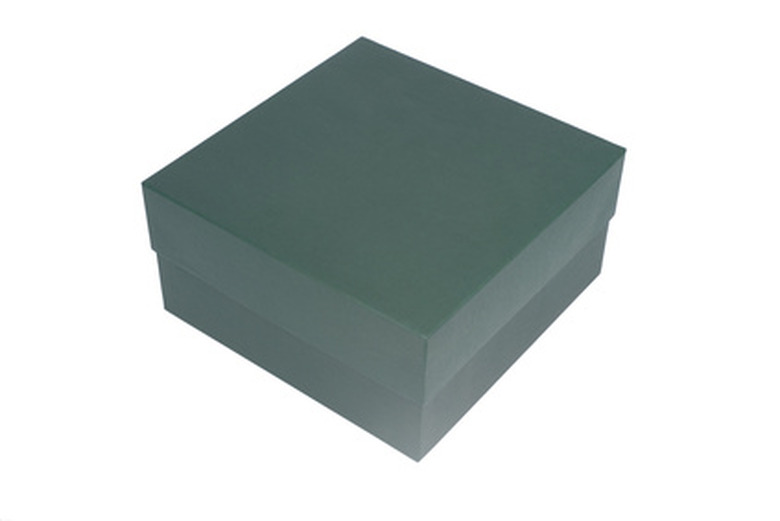How To Build A Black Hole For A Science Fair Project
A black hole contains so much mass that an object within a certain distance cannot escape its gravitational pull; a feather would weigh as much as several billion tons near the "surface" of a black hole, according to Wichita State University. Although building a functioning black hole is currently impossible, you can create, by stretching fabric, a black hole replica that demonstrates the effect of gravity on the perception of light.
Step 1
Remove the staples, using your flathead screwdriver, that attach the canvas to the stretcher bars on your stretched canvas.
Step 2
Staple one side of your stretch fabric to the back of your exposed stretcher bars, in the same way that the canvas originally attached.
Step 3
Pull your fabric across the open surface of the stretcher bars and staple the fabric to the remaining three stretcher bars. Ensure that the fabric is flat but not tightly stretched.
Step 4
Draw large dots, circles and lines on the surface of the stretch fabric, in a fairly even pattern, using your white paint pen. These dots and lines represent light reflected off of objects in space.
Step 5
Place your heavy weight in the center of the surface of the fabric. The stretching of the fabric represents the stretching of time and space around the black hole. As objects approach the black hole, increased gravity causes the light reflected by them to take longer to reach the viewer.
Step 6
Pull the weight in the center of the fabric, creating a funnel on the surface. Tie your rubber band around the weight, so that it closes the fabric and prevents a viewer from seeing the weight.
Things Needed
- Stretched canvas
- Flat-head screwdriver
- Black stretch fabric
- Stapler
- White paint pen
- Heavy weight
- Rubber band
TL;DR (Too Long; Didn't Read)
A winning science fair project may procure college scholarships, such as the $1,000 scholarship offered to science fair project winners at Temple University. Louisiana State University lists the following requirements for winning science fair projects: creative and original research questions, an organized research display, the ability to comfortably discuss the information on the display, repeated measurements and the ability to differentiate accurate results from skewed results.
Cite This Article
MLA
Quinn, Donny. "How To Build A Black Hole For A Science Fair Project" sciencing.com, https://www.sciencing.com/build-hole-science-fair-project-7695677/. 24 April 2017.
APA
Quinn, Donny. (2017, April 24). How To Build A Black Hole For A Science Fair Project. sciencing.com. Retrieved from https://www.sciencing.com/build-hole-science-fair-project-7695677/
Chicago
Quinn, Donny. How To Build A Black Hole For A Science Fair Project last modified August 30, 2022. https://www.sciencing.com/build-hole-science-fair-project-7695677/

